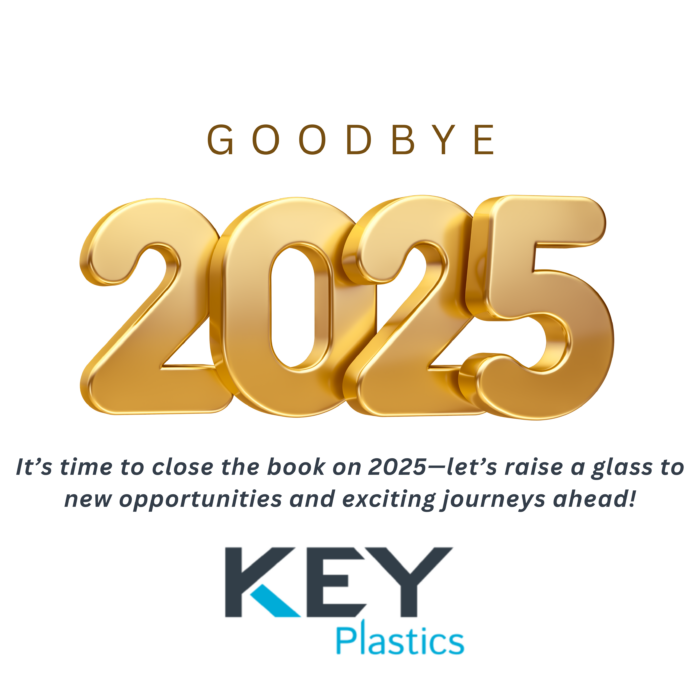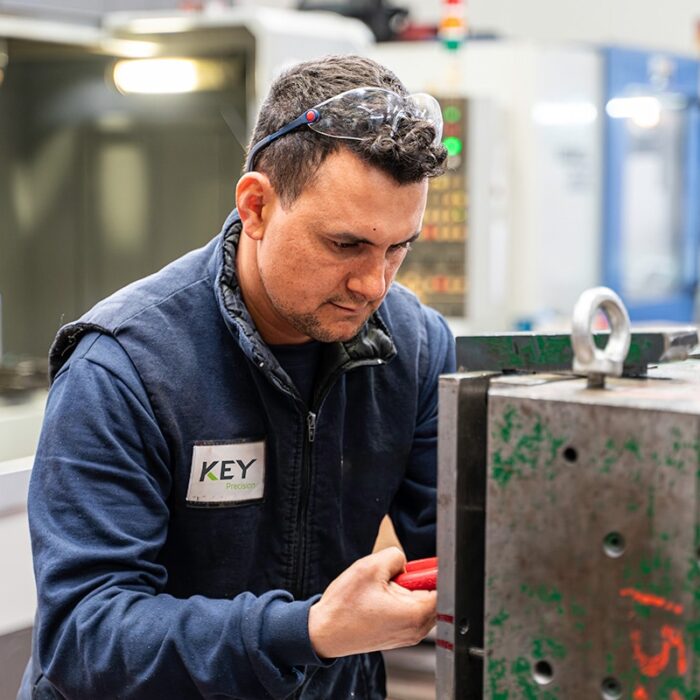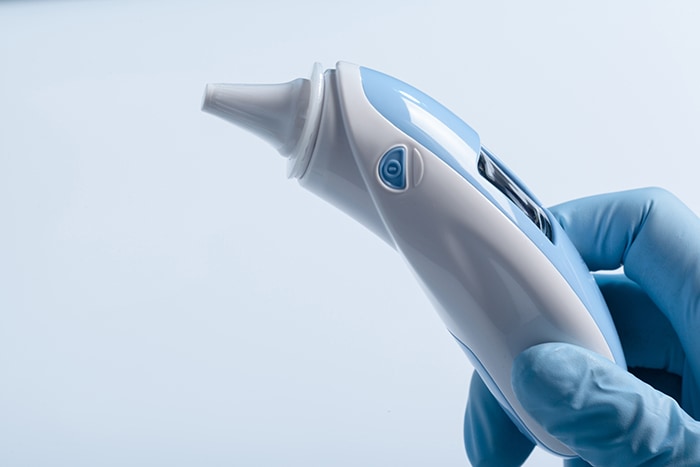Injection moulding stands as one of the most versatile and efficient manufacturing processes in modern industry. However, the economics of injection moulding present important considerations for manufacturers, particularly those focused on small batch plastic manufacturing.
The Engineering Behind Injection Moulding
Precision engineering is fundamental to injection moulding success. The process demands exacting tolerances and meticulous design to create moulds that can produce consistent, high-quality parts. Modern injection moulds often incorporate complex cooling channels, ejection systems, and sometimes multiple cavities for simultaneous part production.
The Investment Equation
Where injection moulding presents its most significant challenge is in the initial investment required. Creating a precision mould involves upfront costs depending on complexity. This investment includes:
- Design and engineering time
- CNC machining or EDM processing of tool steel
- Heat treatment and finishing
- Testing and refinement
This substantial initial outlay makes injection moulding economically advantageous primarily for high-volume manufacturing. When producing thousands or millions of identical parts, the per-unit cost decreases dramatically as the mould cost is “paid off” across the production run.
Small Batch Plastic Manufacturing Challenges
For small batch plastic manufacturing scenarios, the economics become more challenging. When production volumes are limited, the cost per part rises significantly as the mould investment must be recovered over fewer units. This creates a dilemma for manufacturers who need the quality and consistency of injection moulding but cannot justify the upfront tooling expense for limited production runs.
Finding the Break-Even Point
For many manufacturers, the decision between injection moulding and alternative processes comes down to identifying the break-even point. This is the production volume at which the higher unit cost of alternative methods (like CNC machining or 3D printing) exceeds the amortised cost of injection moulding with its high initial investment.
Advantages of Injection Moulding as a Manufacturing Solution
Injection moulding offers remarkable benefits that extend far beyond cost efficiency at scale. Parts produced through this method achieve exceptional consistency with tolerances measured in microns, while accommodating complex geometries and integrated features impossible with other manufacturing approaches.
Our Design for Manufacture (DFM) service optimizes client designs specifically for injection moulding, delivering substantial value through reduced costs, minimized cycle times, and defect prevention. This collaborative engineering approach typically reduces production costs by 15-30% while enhancing product performance.
The process excels in material versatility, supporting everything from rigid thermoplastics to flexible elastomers, and enables advanced techniques like overmoulding. When combined with automation capabilities, injection moulding creates an unmatched manufacturing solution for products requiring precision, durability, and aesthetic appeal—all with minimal waste and high repeatability.
Conclusion
The decision to utilize injection moulding ultimately requires manufacturers to carefully balance initial investment against long-term production needs. While the upfront costs present a significant hurdle—particularly for small batch plastic manufacturing—the unmatched quality, consistency, and efficiency of injection moulding often justify this investment over a product’s complete lifecycle.
Get in touch with Key Plastics today for your next project






